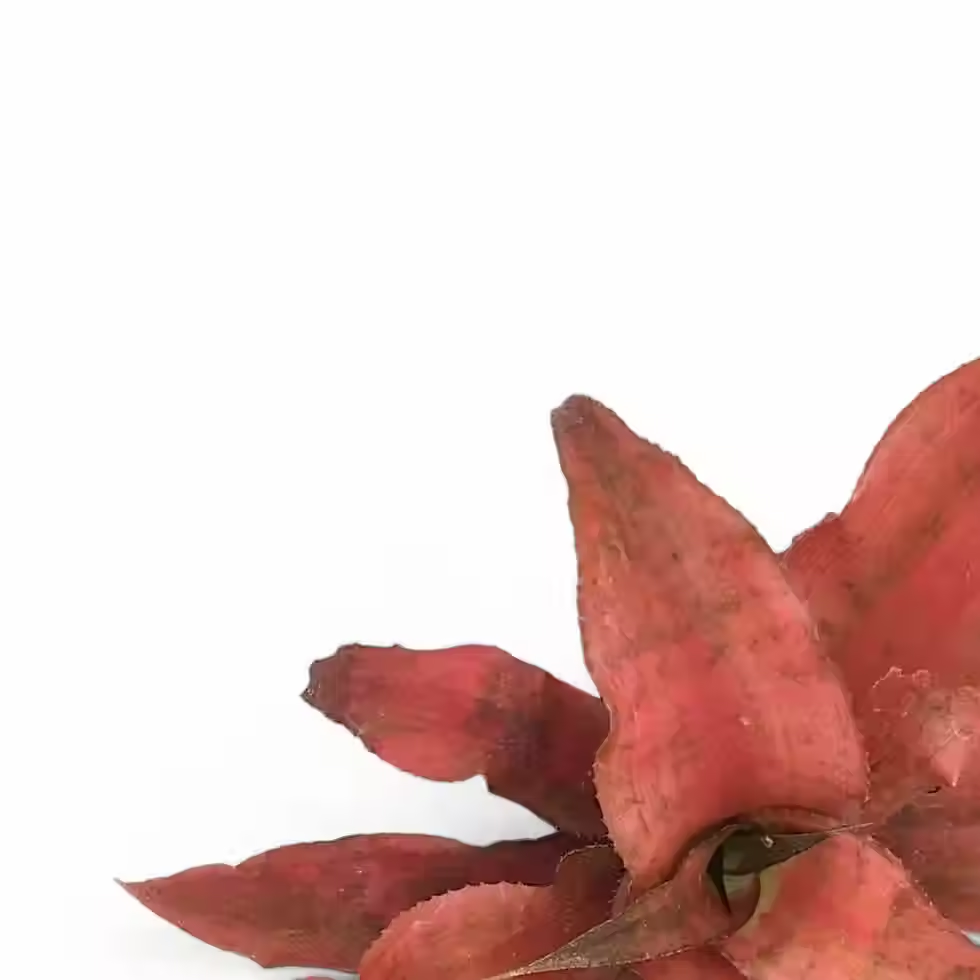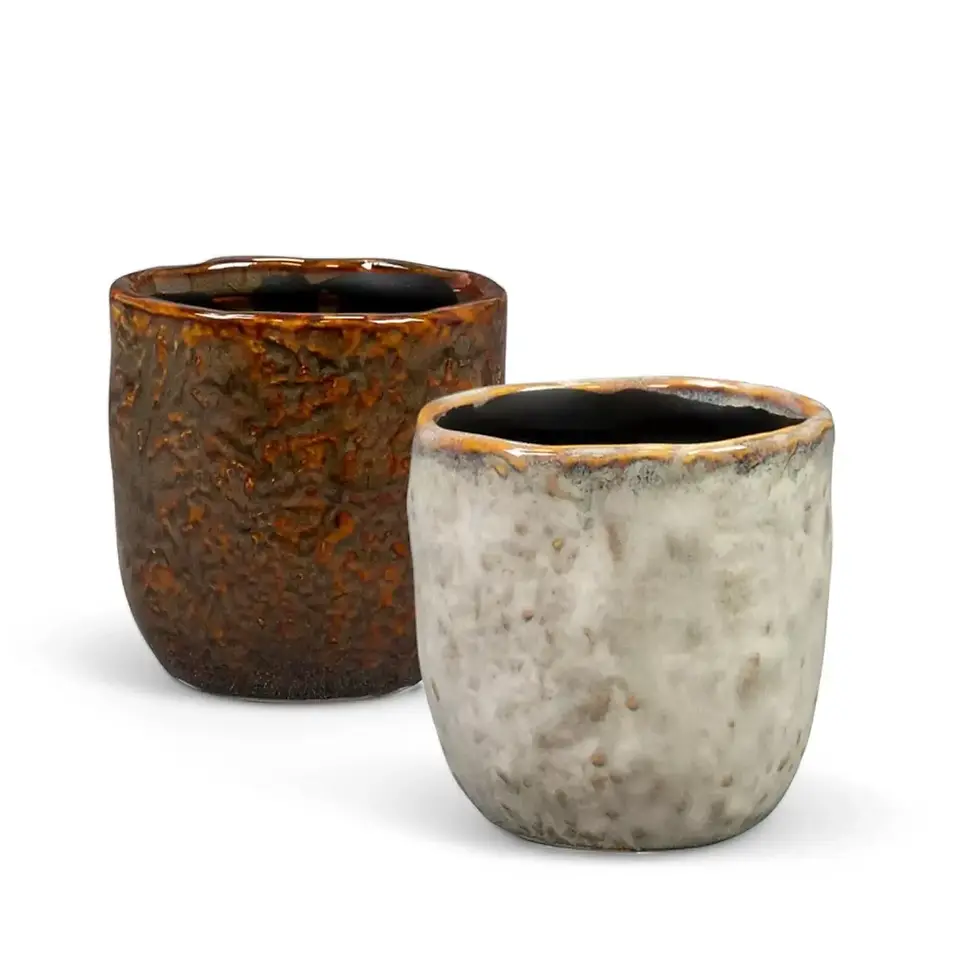Alocasia odora 'California' - Comprehensive Guide and Plant Care
Alocasia odora 'California', previously recognized as Alocasia gageana, is a striking tropical houseplant celebrated for its bold foliage and adaptability. This compact cultivar features broad, undulating leaves in a rich green hue with deeply sunken veins, creating a distinctive quilted texture. The large, paddle-shaped leaves, reaching up to 50 cm long and 38 cm wide, emerge from sturdy, upright petioles, providing an architectural presence.
Unlike Alocasia macrorrhizos, which has more prominent, raised lateral veins, Alocasia odora 'California' displays sunken veins, a smaller overall structure, and a more compact growth pattern.
Alocasia species that enter dormancy in cooler conditions, this plant remains semi-evergreen, tolerating dips in temperature down to 5°C.
A 2022 publication by Hay et al. reclassified Alocasia gageana as a synonym of Englerarum hypnosum. Further research clarified that the plant commonly cultivated as Alocasia gageana was actually a compact form of Alocasia odora, leading to its correct classification as Alocasia odora 'California'.
Source for Naming and Reclassification:Aroidpedia - Alocasia odora 'California'
Features and Benefits of Alocasia odora 'California'
- Growth: Reaches up to 1.5 meters in height with a spread of about 1 meter indoors.
- Leaf Characteristics: Large, glossy green leaves with slightly rippled edges and deeply sunken venation.
- Growth Habit: Upright, self-supporting, and non-trailing, with structured leaf emergence.
- Climate Adaptability: More tolerant of cooler conditions than many Alocasia species, retaining foliage at 5°C.
What You Need to Know about Alocasia odora 'California'
- Native Range: Myanmar, thriving in a subtropical humid climate.
- Humidity: Moderate to high (60-70% year-round).
- Temperature: 9°C to 31°C, with a minimum tolerance of 5°C.
- Rainfall: Annual average of 1,200 mm, with a wet season from October to May.
- Growth Rate: Moderate, producing new leaves consistently under optimal conditions.
- Toxicity: Contains calcium oxalate crystals, which can be irritating if ingested by pets or humans.
Alocasia odora 'California' - Plant Care
- Placement: Prefers a bright, warm spot with indirect light. Avoid harsh direct sunlight.
- Light: Thrives in bright, filtered light but adapts to moderate light levels.
- Watering: Keep soil consistently moist but not waterlogged. Reduce watering in cooler months.
- Humidity: Requires high humidity (above 60%). Use a humidifier or group with other plants.
- Temperature: Ideal range is 18°C to 27°C. Protect from sudden temperature changes and drafts.
- Soil: Prefers a well-draining mix of perlite, and organic matter.
- Repotting and Pot Choice: Repot every 1-2 years or when root-bound. Use a breathable pot with drainage holes.
- Fertilizing: Apply a diluted, balanced liquid fertilizer every 4-6 weeks during the growing season.
- Propagation: Propagate through division by separating offsets from the parent plant.
- Hydroponics and Semi-Hydroponics: Can adapt to hydroponic growth with proper nutrient solutions.
- Pruning: Trim damaged or yellowing leaves to encourage new growth.
Alocasia odora 'California' - Common Issues and Solutions
→ Pests:
- Spider Mites: Look for fine webbing and stippling on leaves. Treat with insecticidal soap and increase humidity.
- Mealybugs: White, cotton-like masses on stems and leaf joints. Remove manually and apply neem oil.
- Thrips: Tiny, elongated insects that cause leaf distortion. Use insecticidal sprays and ensure adequate air circulation.
- Fungus Gnats: Indicate overwatering. Allow soil to dry slightly and use yellow sticky traps.
- Root Rot: Caused by overwatering or poor drainage. Ensure the pot has drainage holes and let soil dry slightly between waterings.
→ Fungal Infections:
- Leaf Spot: Dark spots with yellow halos indicate fungal issues. Improve air circulation and treat with fungicide.
- Powdery Mildew: Appears as white powdery deposits. Reduce humidity slightly and treat with neem oil, or use beneficial insects.
Etymology
The genus name Alocasia originates from Greek, distinguishing it from related plant families. The species name odora is derived from Latin, referring to its occasionally fragrant blooms. The cultivar name ‘California’ was historically used before ‘Gageana’ gained popularity.
The specific epithet gageana was originally named in honor of Sir Thomas Gage, a 19th-century botanist in Ireland and Portugal, who served as Superintendent of the Royal Botanic Garden in Calcutta (1898-1925).
Frequently Asked Questions about Alocasia odora 'California'
- Can Alocasia odora 'California' be grown outdoors? Yes, in warm, humid climates where temperatures do not drop below 7°C.
- How fast does Alocasia odora 'California' grow? With ideal care, it maintains moderate growth, producing new leaves regularly during the growing season.
- Does it require a support structure? No, this cultivar maintains an upright habit and does not require additional support.
Order Alocasia odora 'California' Today
Transform your indoor space with Alocasia odora 'California', a stunning tropical plant with bold, structured foliage. Order now to enjoy its lush beauty in your home!
Alocasia odora 'California'
Alocasia odora 'California' comes in a ⌀ 21 cm pot and is approximately 70 cm tall

























































